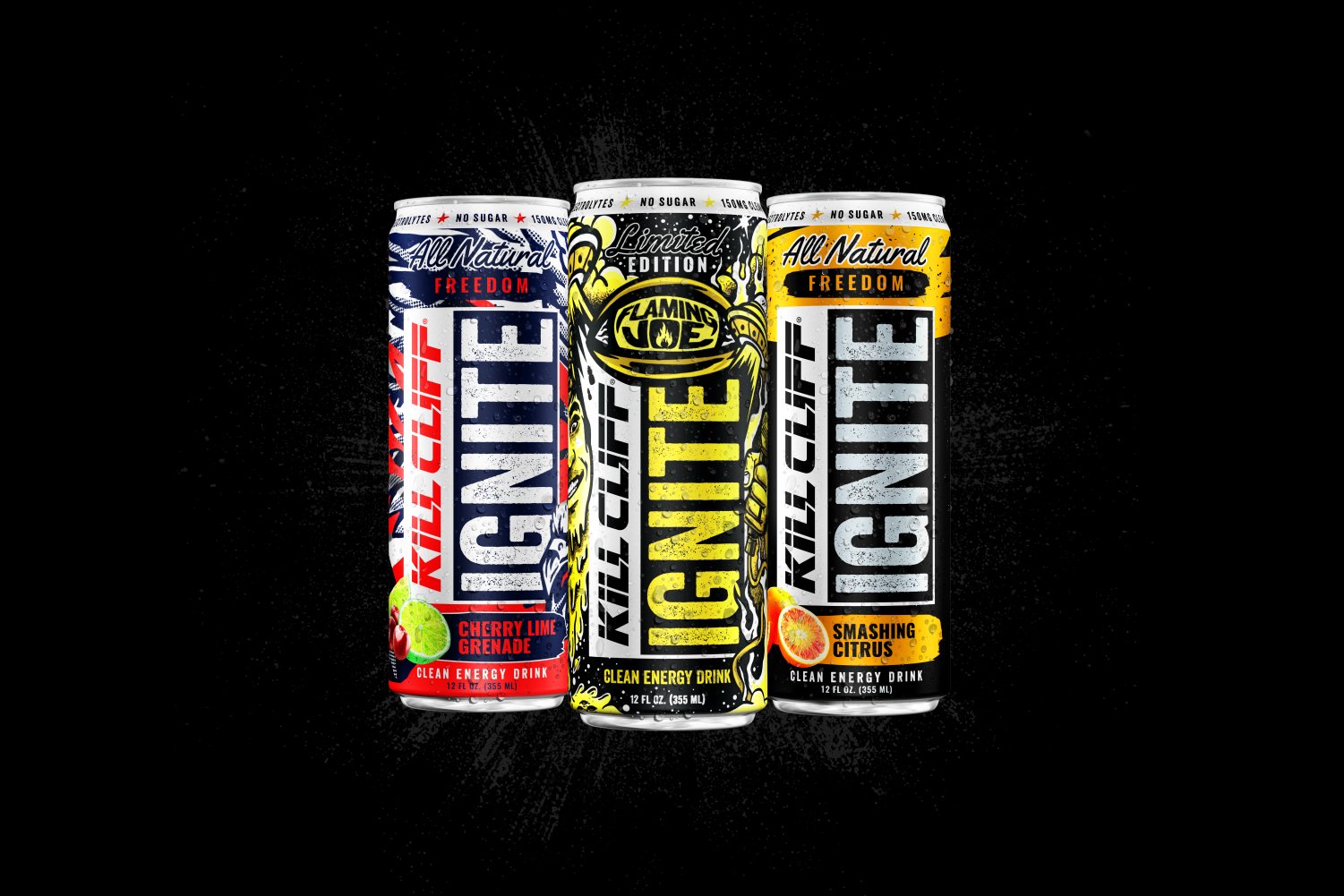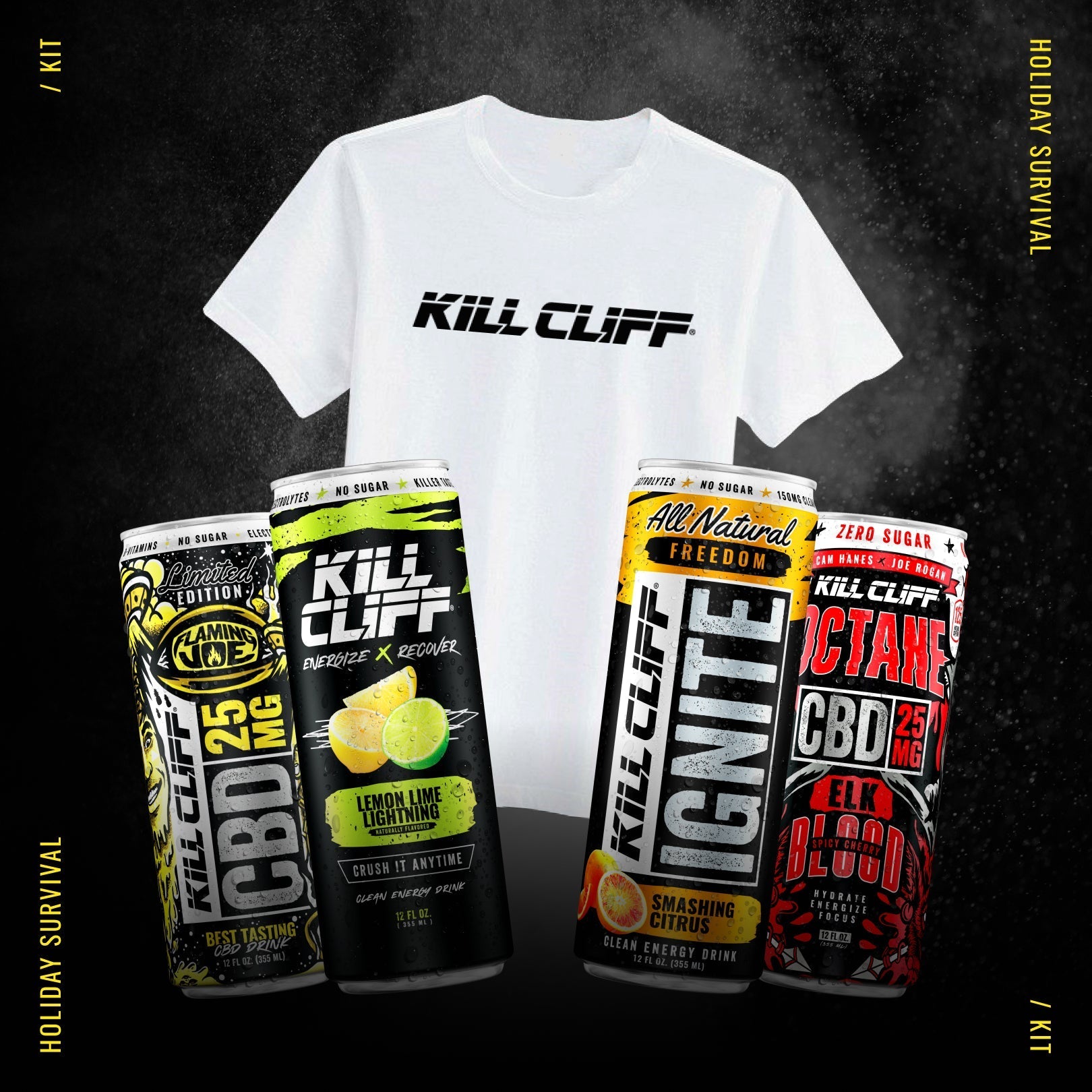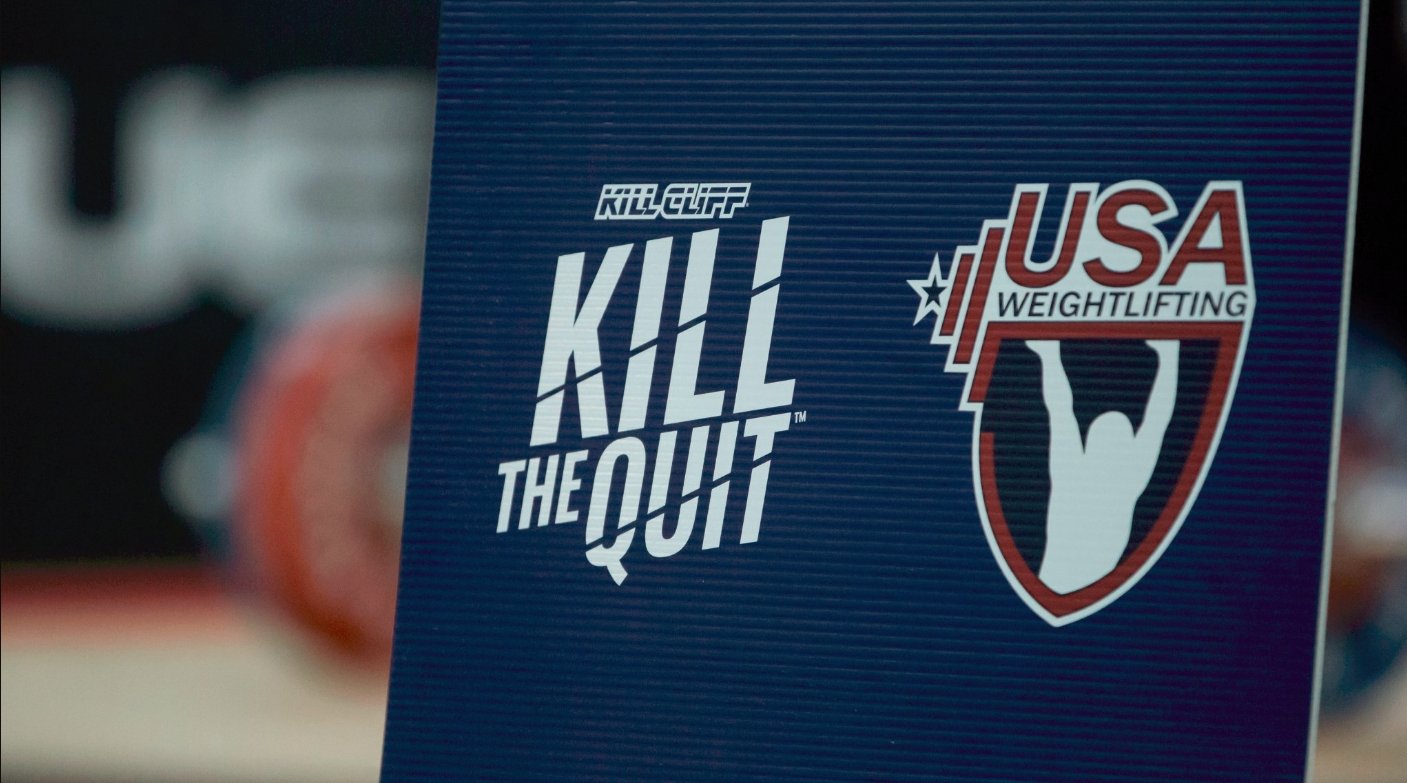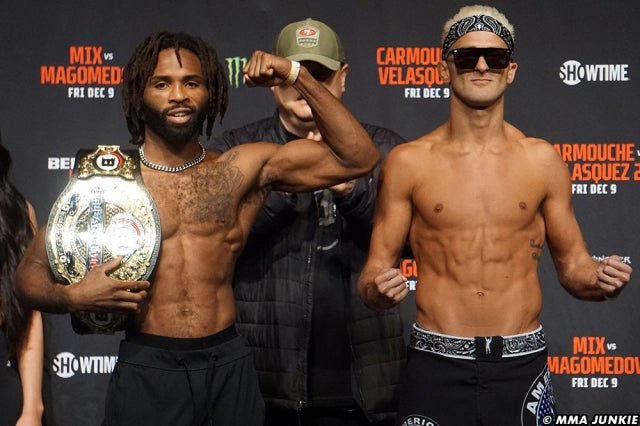Let’s talk about weightlifting competition, shall we? It’s always a good subject to go back to because every one of you is either a competitive lifter, thinking about becoming a competitive lifter, coaching competitive lifters, or interested enough in this sport to be curious about competitive lifting. Jeez, that was quite a sentence...
I suppose I should write about weightlifting competition more often because there’s an awful lot to say about it. We’re not just talking about how to prepare for competition during the training process, which is how we spend a great deal of our reading time. We’re talking about the actual meet itself, when you’re in the heat of battle. Lots and lots of things you need to know about if you want to be really successful at it.
The specific point I want to look at in this article is competition strategy. I’m talking about how you plan out your attempts, your 1st, 2nd, and 3rd snatch and clean and jerks on the competition platform. We all know about the narrow window of opportunity in weightlifting competition. It’s not like the high jump at a track meet, where you can just continue doing more jumps at greater heights if you keep making them successfully. In Olympic lifting, you get six attempts. That’s it, jack. You have to make the most of them, and you certainly don’t want to waste any.
There are several different mentalities among coaches and lifters about how to select competition attempts, and I want to examine two of them. The first one is the basic strategy of planning out your attempts in a fairly conservative way, opening up with a very safe weight on your 1st attempt and then planning to make all three, leading up to one chance on your goal weight on your 3rd attempt (in both snatch and clean and jerk). There’s no real name for this type of strategy, so we’re going to refer to it as the “Make All Six” plan, just for the sake of having something to call it in this article.
The second strategy we’re going to look at is a bit different. In this approach, the athletes open up with the heaviest possible weight they can handle on the 1st attempt, and then save two shots at something huge on the 2nd and 3rd attempt IF they make their opener. It’s a riskier approach than the Make All Six plan, much more of a gamble. And once again, we’ll give it a name just so we can have a way to refer to it in this article. Let’s just call it the “Go For Broke” plan.
Over the years, I’ve seen hundreds of examples of both approaches. I’ve used both of them too, although I’ve used one much more than the other. In my opinion, one of them is definitely better than the other, and it behooves us to give a detailed look at the whole area. Your success as a competitive lifter might depend on the mentality you use for your attempt planning, so let’s get to work!
The Make All Six Plan
We’ll lay out an example of this approach, so you all know what we’re talking about. Let’s say we have a male lifter with personal record lifts of 113 kg in the snatch and 146 in C&J. This lifter is preparing for a meet, and training has gone well. He has equaled his 113/146 PRs on a couple of different occasions with few misses. The lifts have felt easy, and he feels confident that he’s ready for a 115 SN and 150 C&J. This lifter is planning to use the Make All Six approach, so his competition attempts will be laid out as follows:
SNATCH
1st Attempt: 107
2nd Attempt: 112
3rd Attempt: 115
CLEAN AND JERK
1st Attempt: 141
2nd Attempt: 146
3rd Attempt: 150
This is a good basic example of Make All Six planning. The athlete is opening up with weights that are fairly safe. If he has snatched 113 and C&Jed 146 multiple times in training with ease, we can assume 107 and 141 are very bankable. That’s the nice part of this strategy. It makes the opening attempts pretty reliable. The potentially-not-so-nice part of this approach is that he’s only leaving himself one shot at the new PR lifts he wants to get. He wants 115 and 150, but he’s only going to get one crack at them.
In a way, this strategy involves a lot of confidence in the athlete’s ability. He’s going into the meet knowing he’ll only get one shot at the weights he wants, but he’s saying to himself, “That’s okay, I’ll only need one shot.” That’s why we’re calling this the Make All Six approach. The whole game plan is based around being successful on all six lifts. If the lifter fails with either the 115 or the 150, he doesn’t get his PR, and that sucks. But he’s still in the competition with some pretty solid lifts he made on his second attempts.
This is my personal preference strategy, as both a coach and an athlete. I lay out my lifters’ competition plans like this, and I do the same for my own meets. One of the things I’ve learned in my career is that the best lifters in the world don’t miss many attempts in competition. If you watch the World Championships or the Olympics, you’ll see what I mean. The champions don’t have a lot of 2/6 or 3/6 days. The best in the world usually make four, five, or six attempts in meets. This happens because they’re coached correctly, and their training has been structured in the right way. They don’t miss a lot of lifts in training, so the mentality of missing lifts and failing isn’t a deeply ingrained part of their psyche. They’re used to being successful when they put their hands on the bar, and they expect success when they lift in competition.
For beginners and intermediate athletes, I think it’s essential for the coach to use this kind of planning. I cannot overemphasize the importance of athletes getting used to making a lot of lifts in competition when they’re getting started. They’re laying the foundation for their entire competitive mindset. If they start to identify themselves as 2/6 or 3/6 lifters early on, it’ll be hard to shake as they continue. I once coached a youth lifter who had a lot of national success, and she went 5/6 or 6/6 at every meet I took her to for her first two years. She once told me about a conversation she had when she was at a national youth squad camp at the Olympic Training Center. She was chatting with some other lifters, and they were complimenting her about how well she did in meets (keep in mind, we’re talking about 15-16-year-old kids). Two of the girls said to her, “Wow! You always make all your attempts in meets. We only make two or three in ours.” From the mouths of babes shall come the truth. These kids had already started to identify themselves as 2/6 and 3/6 lifters. It had become their mentality. My girl said, “Yeah, I always make all my lifts.” See what I mean, folks? In a nutshell, I believe this is the way to manage your weightlifting career. However, opinions are like kidneys. Everybody has at least one. So let’s take a look at the other game plan.
The Go For Broke Plan
Okay, here we go… Let’s go back to our example lifter from the Make All Six section, okay? Once again, we’re talking about a lifter with PRs of 113/146 who has trained well and expects to make new lifetime bests. Using this strategy, the plan would probably be laid out much like this:
SNATCH
1st Attempt: 113
2nd Attempt: 116
3rd Attempt: ?
CLEAN AND JERK
1st Attempt: 145
2nd Attempt: 150
3rd Attempt: ?
What’s with the question marks for the 3rd attempts? Think about it for a second. If the lifter makes his 2nd attempts, he’ll already be in uncharted territory. He’ll have lifted more than he’s ever made in his life. So the 3rd attempts have question marks because the weights he would select for these attempts are completely out of his normal range. We’re talking about a guy who’s never snatched more than 113 in his life. If he makes 116 on his second attempt, what does he go to? Probably 118 or 119? That’s 5-6 kilos more than he’s ever had his hands on.
Honestly, I don’t think a lot of lifters who use this approach even think much about their 3rd attempts. Most of the lifters I’ve met who compete with this mentality are pretty fixated on just making their openers, and then “taking a crack at something big” on their following attempts. I also think there’s an unspoken plan to miss some lifts with this plan. The lifter opens REALLY heavy, thinking “I’ve got three shots at it.” And if he makes his opener, he then thinks “I’ve got two shots at a new PR.” In other words, we’re not going into this meet truly thinking about going 6/6. They’re planning to just swing for the fence and see how it plays out.
Have I competed like this, personally? Yeah, I have a few times. How did it play out? About how you would expect, 2/6 and 3/6 performances, with a couple of bombouts in there. Have I ever coached like this? No, I haven’t. I just don’t believe in doing this with my lifters.
I guess I’m not saying this method is a universally horrible idea. Some coaches like to do it this way. I’ve been a competitive lifter and coach since the late 80s, so I’ve seen it all. I’ve seen lots of coaches and athletes who go into meets like this. Some have been successful. Some miss a lot of attempts. Some bomb out.
We should probably mention two things at this point. First of all, some athletes have a different mentality, where their game plan is fundamentally based on going for broke, damn the consequences. They’re not afraid of missing lifts, and they can handle a bombout if that’s the way the ball bounces. Okay, I get it. Not everybody is required to do this sport the same way, and if somebody wants to risk it all for a shot at glory, with a predetermined willingness to swallow the bitter pill of failure if the gamble doesn’t pay off…more power to them. It’s their meet and their career.
The second thing to mention is the idea that some competitions practically require the Go For Broke approach. The Olympic Trials is probably the best example of that. When you’re at the Trials, you’re only there for one reason…to make the Olympic Team. At that meet, you put the weights on the bar that will get you on the team, and you take a shot at them. If you miss them, you miss them. But it’s an understood part of the plan. I get it. Some lifters apply that mentality to ALL their meets. I knew a former national champion who once said, “When you’re at the National Championship, you’re there to win. So you put the weights on the bar you need to win.” Had this guy won the National Championship? Yes, he had. Had he ever bombed at the National Championship? Yes, he had done that too.
The Bottom Line
Listen, nobody has to play by any carved-in-stone rules in this game. People can compete any way they want to. Different approaches have different strengths and weaknesses. Lifters have won championships with each of these strategies we’ve looked at, along with a variety of different tweaks and variations we didn’t cover. Keep that in mind. I’ve talked about two very basic tactics, but there are other nuances to competition that we could discuss further. In other words, I haven’t analyzed every single kind of game plan in this sport. I want that to be understood clearly.
Dean Goad once told me, “You have to get in a rhythm on the platform if you want to make your lifts. You can’t get into that rhythm if you start too heavy.” Dean won four National Championships and competed in five Olympic Trials, by the way. The man knew how to compete. But did he always make five or six attempts in all of his meets? Hell no. Neither did I. That’s something important to remember. If you compete long enough, many different things are going to happen out there on that platform. Maybe we can say there’s a time for playing it safe, and a time for rolling the dice. I think that’s a fair statement.
Most of you are probably still developing in your weightlifting careers. If that’s the case, my personal advice would be to accumulate a lot of competitions where you make a ton of lifts on the platform. I’m not saying you should completely pull back from going after big weight just to avoid misses. That’s not my belief. Remember, the Make All Six approach involves taking shots at new personal records. So we’re not talking about hiding from risk to avoid failure. We’re talking about the fine details of competition planning, and how small decisions can have huge impact on your career.
Whatever mentality you decide to use, make sure you blend good common sense into it. As I always say…think with your brain, not your tattoos. Nobody hands out medals at the Olympic Games for Ballsiest Effort or Most Aggressive Attempts. They hand out medals to people who win, and you win by making lifts on the platform. Just give it some thought.









